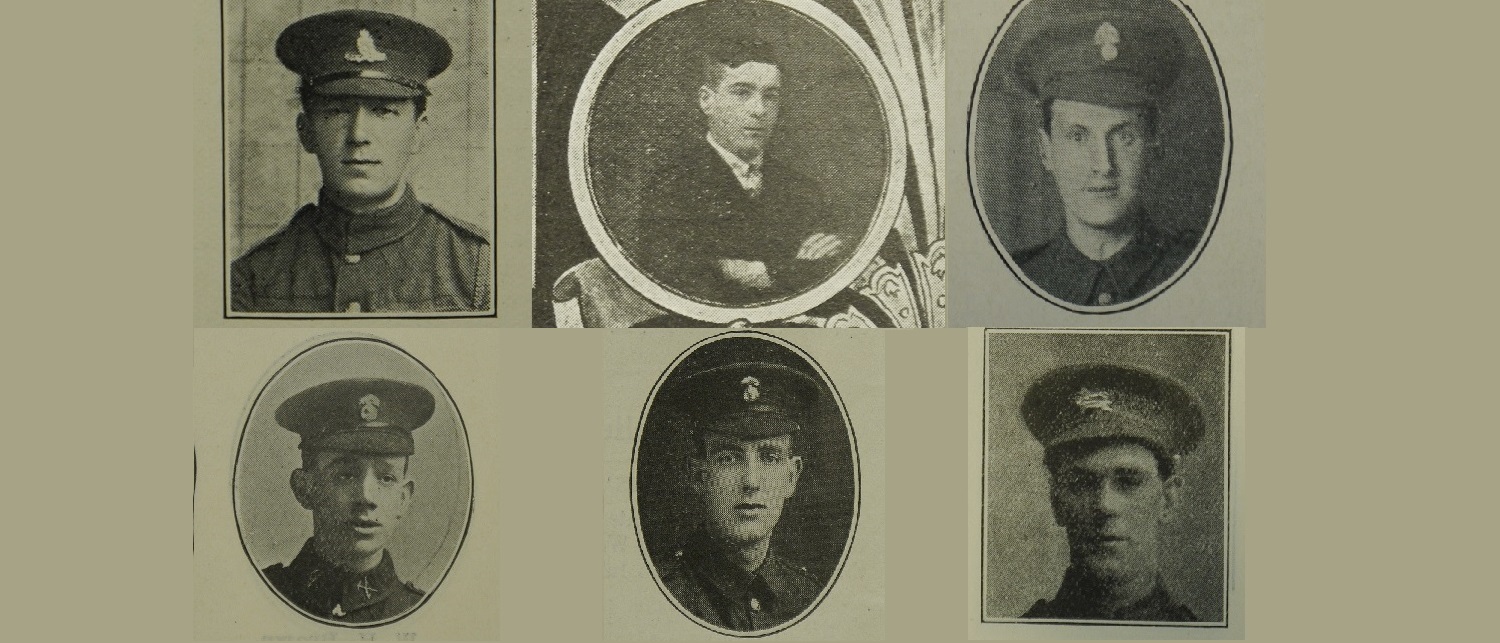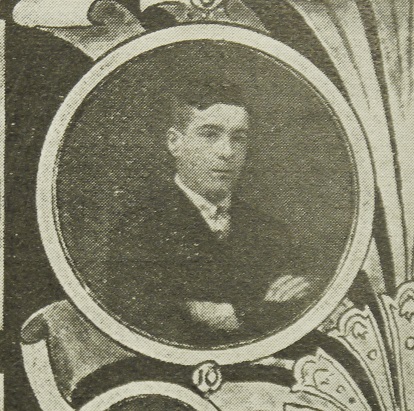
On 10 January 1919, the First World War claimed another victim: 22-year-old Sapper Raymond Towers. No Flanders Fields for him—he was much further away, having died in Palestine and been buried at Kantara War Memorial Cemetery in Egypt. He was part of the truly global nature of the fighting. He had been serving with the Royal Engineers, in the Railway Operating Division, as a fireman for the 98th Light Railway Train Crew. Details of his death aren’t available, but it was considered a war death.

Towers’ death is a valuable reminder that the war continued to exact a price even after the Armistice 100 years ago—whether that be in terms of fatalities, or life-long, devastating physical and mental injuries. Details of his war service and eventual death—along with those of over 21,000 other railway workers who served during the war—are found in the National Railway Museum’s ‘Fallen Railwaymen’ database. This excellent free resource was made possible through the hard work of staff and volunteers. However, while there are some details of the workers’ pre-war lives, it only tells part of the story of each of the men listed.
Combining information from the ‘Fallen Railwaymen’ database with other details found elsewhere gives us a more complete picture of the life cycle of the workers who died at war. One such source has been produced by the NRM and University of Portsmouth’s collaborative ‘Railway Work, Life & Death’ project, looking at accidents to railway staff. The database from this project, currently detailing around 4,000 workplace accidents between 1911-15 but soon to be extended, is also free, from the project website.
Raymond Towers, it reveals, suffered an accident at work on 7 May 1915, at Darlington on the North Eastern Railway. At this point he was 18, employed as an engine cleaner, but on the shift in question acting as a fireman (a typical route through which promotion was earned). While firing a tank engine in the wagon shops yard he didn’t see that a wagon standing in a siding next to the one he was running on was standing foul of a crossing. This meant there was only 2 inches between the wagon and the side of his engine—and unfortunately his right foot was caught and crushed.
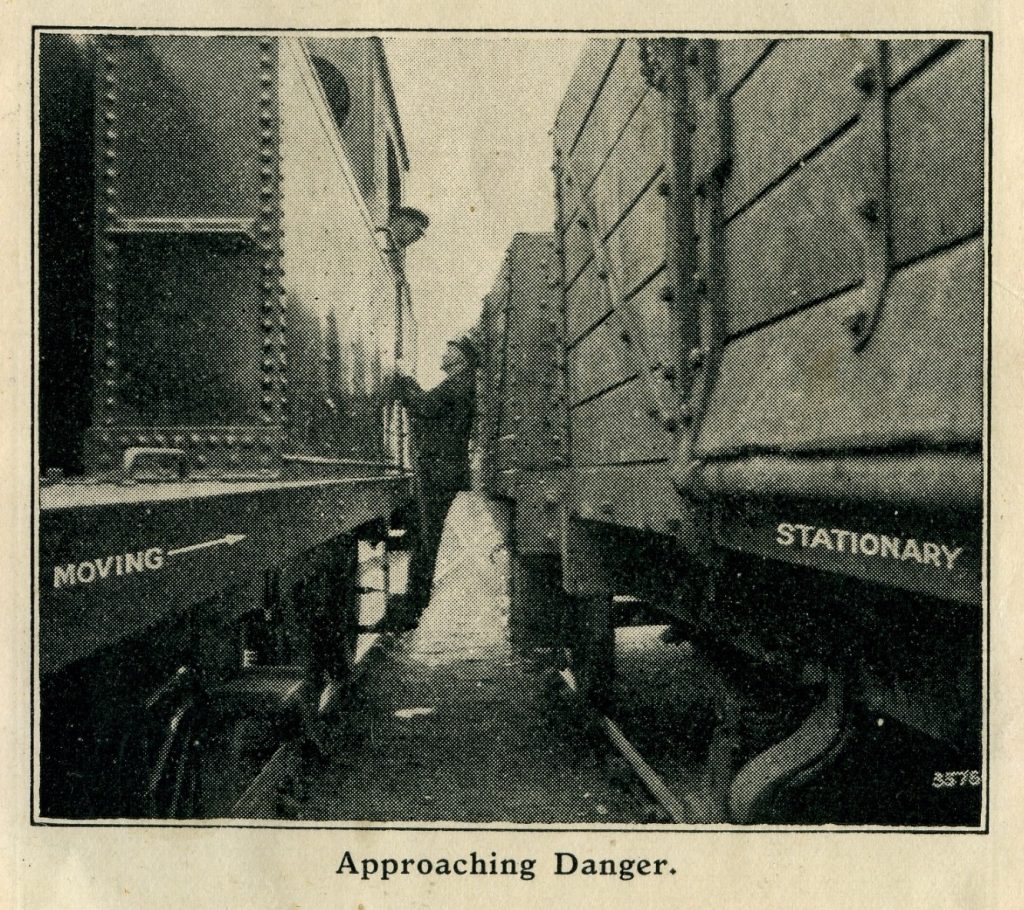
The investigation, carried out by the state’s inspector Charles Campbell, noted that the wagon had originally been left in the correct position, but had later been moved (by hand) by a wagon-examiner who wanted to get the wagon ready for unloading. Apparently the potential danger of leaving the wagon in that position wasn’t spotted by a number of members of staff—to the eventual detriment of Towers. Tragically, this was a case in which experience hadn’t been used: just five days later a fireman was killed in Newcastle under very similar circumstances. As a result of both cases, Campbell recommended that ‘without delay’ the Company should indicate all of the fouling points on sidings (1915 Report, Quarter 2, Appendix C). Whether or not it did so was not recorded.
So, by combining these two databases we have a little more detail on Towers’ working life and fighting death. His photograph and some confirmatory details were found from another source, the North Eastern Railway Magazine for April 1919. We can start to build a more rounded picture of Towers—which would no doubt be enhanced by further records (such as census information) if they were available.
Towers was one of 11 individuals confirmed to have appeared in both databases, the others being:
W Johnstone (North British Railway), accident 29 April 1911
J Douglas (Caledonian Railway), accident 27 October 1911
W Clunie (North British Railway), accident 10 October 1911
G Stewart (Caledonian Railway), accident 17 April 1912
E Davidson (North British Railway), accident 14 July 1913
Sydney Leeming (North Eastern Railway), accident 29 May 1914, d.16 July 1916
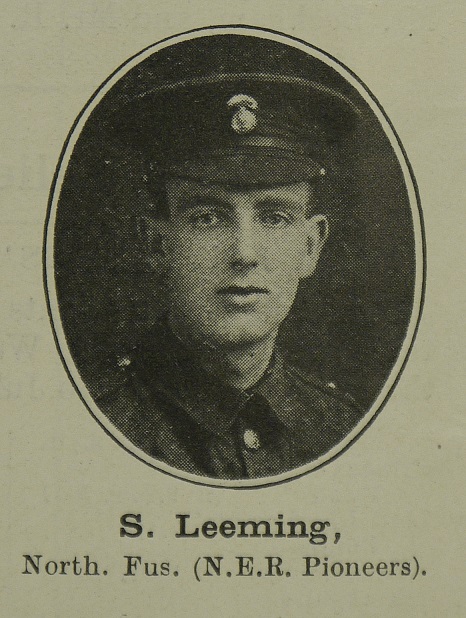
Frank Edward Thurston (Great Eastern Railway), accident 12 November 1913, enlisted March 1915, d.26 September 1916
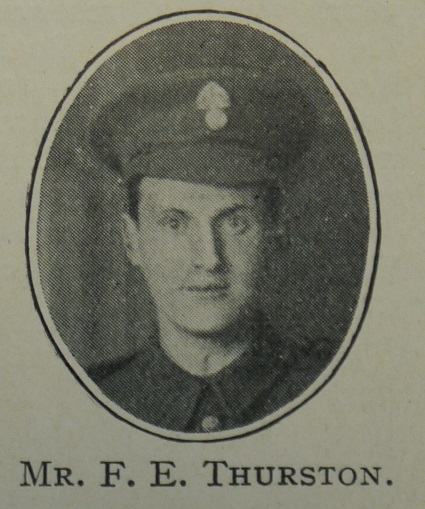
John Dutchman (North Eastern Railway), accident 20 August 1914, enlisted November 1915, d.23 October 1916
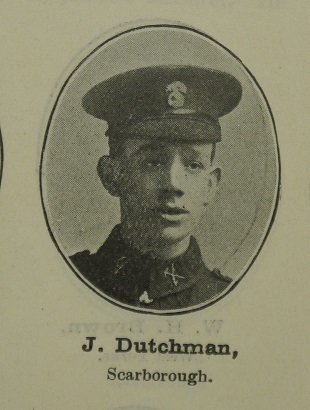
Fred Todd (North Eastern Railway), accident 24 September 1912, d.20 November 1917

Thomas Henry Stearn (Great Eastern Railway), accident 1 April 1915, enlisted April 1917, d.31 May 1918
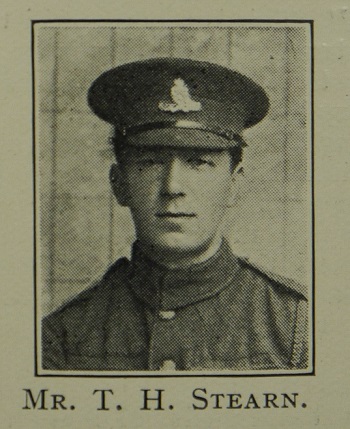
The accidents and war service of Sydney Leeming and Fred Todd have also been detailed in a blog post on the ‘Railway Work, Life & Death’ site along with some further comments on war service and work accidents.
Further brief details of each of the 11 men may be found in the two databases through which we were able to identify the men concerned. As we’d expect, their injuries from their work accidents were relatively minor—typically cuts (though in this pre-penicillin age, they could be serious), bruises and sprains, ensuring they were not permanently incapacitated and were deemed fit to fight by the military doctors.
There were also a further 10 cases where we didn’t have enough information to be able to say that the individuals concerned were definitely the same in both databases, but there was a possibility that they were.
This might seem a relatively small number of confirmed cases, but it reflects the fact that so far the ‘Railway Work, Life & Death’ database only covers 1911-15—any workers who had an accident before this and then went on to die in the war wouldn’t therefore be linked. It also only covers 3% of staff accidents, meaning large numbers of employees might have had accidents that weren’t investigated by the state inspectors and then have gone on to die in the war. War injuries aren’t captured in the ‘Fallen Railwaymen’ database, so this may well reduce the number of cross-over cases. It’s likely, then, that the true number of railway staff who had accidents at work but who then went on to serve in the First World War was far higher.
This process of comparing the two datasets has really demonstrated the value of the work done in both the ‘Railway Work, Life & Death’ and the ‘Fallen Railwaymen’ projects. Each is important in its own right, of course, but it becomes more significant when they are put together. It shows how it is possible to link different sources to produce a fuller account of the lives of railway staff in the past.
Hopefully, as we approach the centenary of the Armistice, this look at Raymond Towers’ case, and the identification of the other 10 individuals who had accidents at work and fought and died for their country at war, helps us to remember and understand both the toll of war and the perils of railway work.
